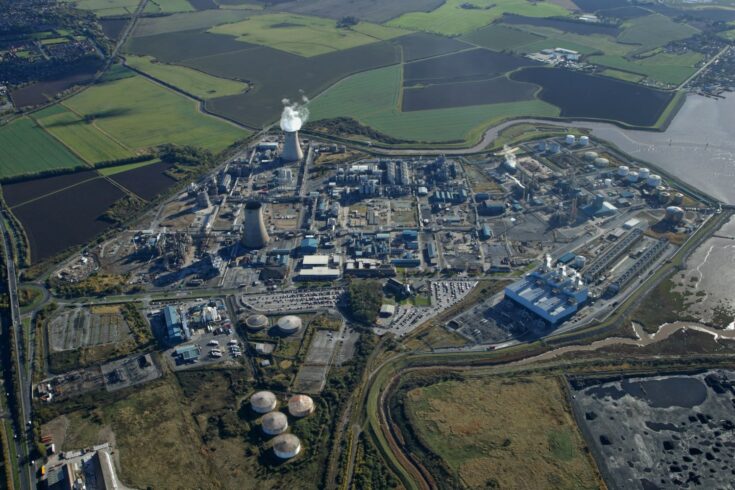There are 6 UK industrial clusters that are developing detailed plans for reducing their carbon emissions as part of UK Research and Innovation’s (UKRI) Industrial Decarbonisation Challenge. Of the 6, the Humber has the largest challenge, and so perhaps the greatest opportunity.
The region currently emits more carbon dioxide (CO2) than any other UK cluster. Steel, chemicals and oil refining account for most of this: approximately 5% of the UK’s entire carbon emissions come from industry in the Humber area.
Decarbonising major centres of industry
The region is also distinctive in having a number of deployment projects aimed at decarbonising major centres of industry. Industrial Decarbonisation Challenge projects in the area include:
- Humber Zero
- Zero Carbon Humber
- Northern Endurance partnership
In showing in detail how to get to net zero, the Humber Industrial Cluster Plan has to factor in these deployment projects, which adds complexity.
Katie Hedges, Director of Membership and Low Carbon Strategy, CATCH, explained:
Even if all these projects are successful in achieving their aims, we could still be left with an emissions gap of up to 10 megatonnes per year.
Working together with our industrial partners, our cluster plan will outline the likely scenarios and technologies needed to decarbonise energy-intensive industry significantly by 2030, and reach net zero by 2040.

Credit: SSE Thermal
Carbon sequestration
The Humber’s East Coast offshore region is the prime spot for carbon sequestration (permanent capture underground) in the UK because of its offshore geology. This could open up opportunities for the transport of CO2 to the region.
Work on the Humber Industrial Cluster Plan is now focusing on establishing accurate emissions, production and economic data. It is showing the scale of the task of balancing reducing emissions with a productive regional economy.
From this data a sophisticated systems model is being constructed, to show the effect of different kinds of intervention.
Katie Hedges asks:
Which levers can we pull and what effects will they have?
Reaching net zero target
The model will be operational by the middle of 2022: there will then be an intensive process of developing scenarios, demonstrating different ways of reaching the target of net zero.
For Katie Hedges, developing new technologies is only a small part of this:
Our modelling work will show what it’s really going to take, to make net zero happen in the Humber region.
People often ask me ‘when will the technology be ready for this?’
The technology isn’t the issue: it’s there, and we know how to scale it up.
The bigger challenge is around the three Ps: people, policies and profitability.
It’s about how we engage with stakeholders, including policymakers and the general public.
About how we attract investment and encourage innovative green businesses to locate in the region.
The construction involved in reaching net zero is expected to:
- safeguard existing jobs through the move to sustainability
- lead to 20,000 to 30,000 jobs being created in the next 6 to 10 years
- lead to some 4,000 ongoing jobs to operate and maintain the new decarbonisation facilities
Video credit: UKRI
On-screen captions and an autogenerated transcript are available on YouTube.
The Industrial Decarbonisation Challenge is delivered by Innovate UK.
Top image: Credit: David Lee Photography Ltd

